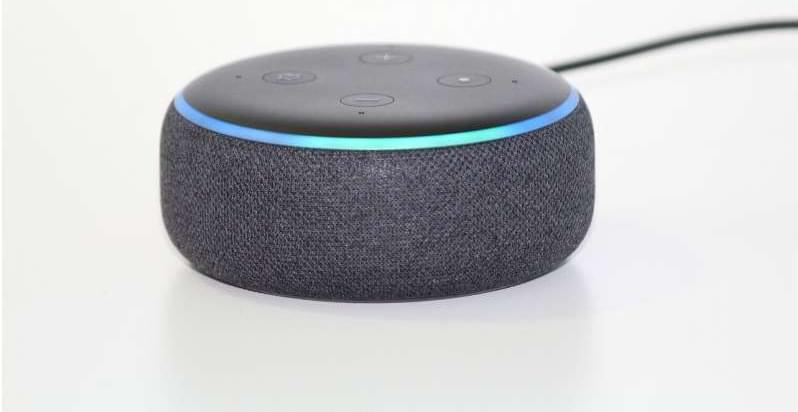Deepfake videos are well-known; many examples of what only appear to be celebrities can be seen regularly on YouTube. But while such videos have grown lifelike and convincing, one area where they fail is in reproducing a person’s voice. In this new effort, the team at UoC found evidence that the technology has advanced. They tested two of the most well-known voice copying algorithms against both human and voice recognition devices and found that the algorithms have improved to the point that they are now able to fool both.
The two algorithms— SV2TTS and AutoVC —were tested by obtaining samples of voice recordings from publicly available databases. Both systems were trained using 90 five-minute voice snippets of people talking. They also enlisted the assistance of 14 volunteers who provided voice samples and access to their voice recognition devices. The researchers then tested the two systems using the open-source software Resemblyzer—it listens and compares voice recordings and then gives a rating based on the similar two samples are. They also tested the algorithms by using them to attempt to access services on voice recognition devices.
The researchers found the algorithms were able to fool the Resemblyzer nearly half of the time. They also found that they were able to fool Azure (Microsoft’s cloud computing service) approximately 30 percent of the time. And they were able to fool Amazon’s Alexa voice recognition system approximately 62% of the time.
